Hemostasis & Sealing
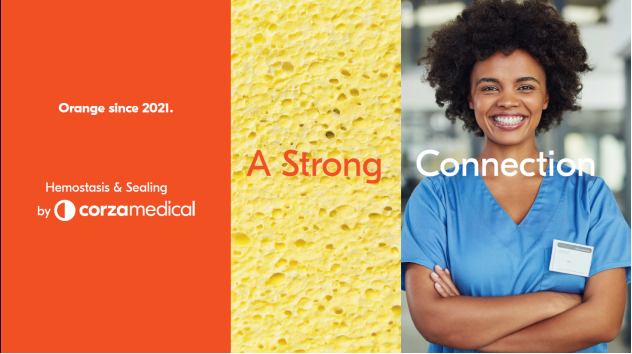
Vital function: hemostasis
Hemostasis describes the sum of physiological processes that causes bleeding to stop after vessel injury. It is a vital mechanism and usually has to be achieved more quickly in the operating room where the reduction or complete stopping of blood loss can be successfully achieved through medical hemostasis – for example, with the help of a collagen fleece with human fibrinogen and thrombin.
Risk factors for bleeding
There are several risk factors that affect the hemostatic processes and therefore influence the likelihood and intensity of bleeds during a surgical procedure. Medications affecting coagulation and malignancies are the most frequent risk factors.
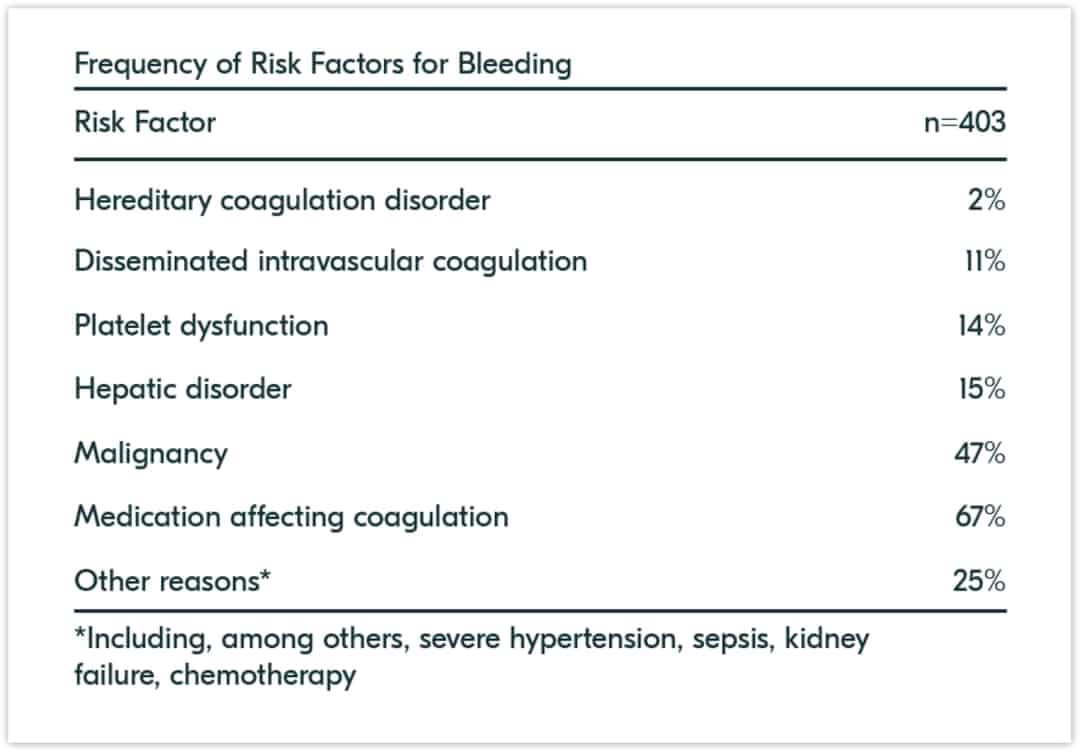
Ref: The Use of a Surgical Patch Coated With Human Coagulation Factors in Surgical Routine: A Multicenter Postauthorization Surveillance; Sylvia Haas, MD First Published October 1, 2006 Research Article; https://doi.org/10.1177/1076029606293420
Phases of the hemostatic process
Hemostasis is the first step in wound healing and is divided into primary (cellular) and secondary (plasmatic) hemostasis. Both phases are comprised of multiple processes that transition fluently. When the vascular damage is repaired, the blood clot is finally broken down in the fibrinolytic phase.
1. Vital function: hemostasis
After the initial injury, the blood vessel vasoconstricts to reduce blood flow to the injured area. Multiple factors are responsible for this process like the innate contraction of vascular smooth muscles after the injury, the secretion of endothelin from destroyed endothelial cells as well as the secretion of the vasoconstrictor thromboxane from platelets.
2. Primary hemostasis – formation of the platelet plug:
Platelets then bind (adhesion) to exposed subendothelial matrix proteins (e.g. von Willebrand factor) via GpIb receptors and are activated (activation). Activated platelets change shape to be more adherent, activate GPIIb/IIIa receptors to be able to bind fibrinogen, and release granules (secretion) to assist in the activation of the coagulation cascade. Fibrinogen binds to platelets (aggregation) leading to the formation of a primary hemostatic plug.
3. Secondary hemostasis – activation of the coagulation cascade:
The activation of the coagulation cascade leads to the formation of a more stable, cross-linked fibrin clot. The cascade consists of two complex pathways, which join together in a common pathway when factor X is activated. The first pathway, the extrinsic pathway, is mainly responsible for the initiation of the cascade while the second pathway, the intrinsic pathway, plays a crucial role in the amplification. The common pathway ends in the creation of a stable fibrin clot.
4. Fibrinolytic phase:
After the vascular damage is repaired, the fibrinolytic system breaks down the clot. This is achieved mainly by cleaving the fibrin polymers via the enzyme plasmin. As plasmin is not able to completely break up the clot, other proteases clear the remaining fragments.
The vital role of hemostats in surgery
Today’s operating room has a number of methods to control bleeding, ranging from regular diathermy, mechanical ligation techniques like staplers, clips, and sutures through the more advanced methods like vessel sealing and ultrasonic technology, and finally, a wide variety of absorbable hemostats, sealant matrices and chemical substances. All of them are designed to protect the patient from blood loss that could cause a direct threat to their health or life, as well as complications during surgery or in the postoperative period. Starting from the last decade of the 20th century it has become a requirement of modern surgery that hemostasis be not only effective, but also atraumatic, hence the growing interest in surface hemostatic dressings, popularly known as topical hemostats.
Hemostats and sealants contributing to effective bleeding control without
- thermal spread causing trauma
- marginal necrosis
- tissue drying
And adding to the patient’s safety through
- less blood loss
- better visibility in situ
- less mechanical damage/trauma
- fewer hematoma, abscesses, and adhesions
Types of hemostats
To achieve hemostasis during surgery, different forms of hemostats are available. One form, a passive hemostat, does not contain any active-reacting substances and consists mostly of cellulose, starch, collagen, or gelatin. These products support physiological hemostasis, requiring the patient to have a functioning blood coagulation system. The most common dosage forms of these simple hemostats are sponges, gauze, powders, and fleece. Active hemostats on the other hand are able to actively replace, imitate, or interact with the physiological blood coagulation due to biological and/or synthetic adhesive components like synthetic glue or coagulation factors.
An active hemostat like a sealant matrix will function independently of the body’s coagulation mechanism and will work even in patients with coagulopathies, or those receiving heparin or anti-coagulants.
The impact of bleeding complications and blood transfusions on hospital costs and treatment outcomes
Download PDF
blood transfusions on hospital costs and treatment outcomes
Hospital LOS and ICU Days related to bleeding complications
Hospital LOS and ICU Days related to bleeding complications
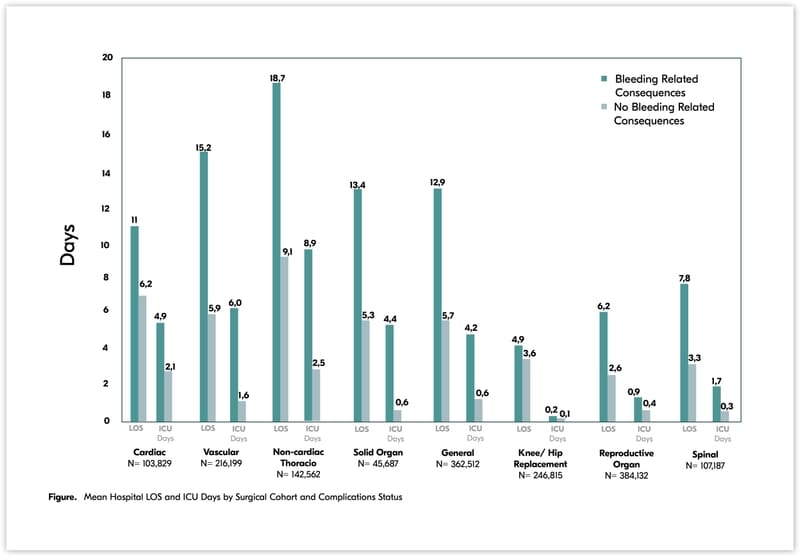
Impact of bleeding related complications on hospital costs
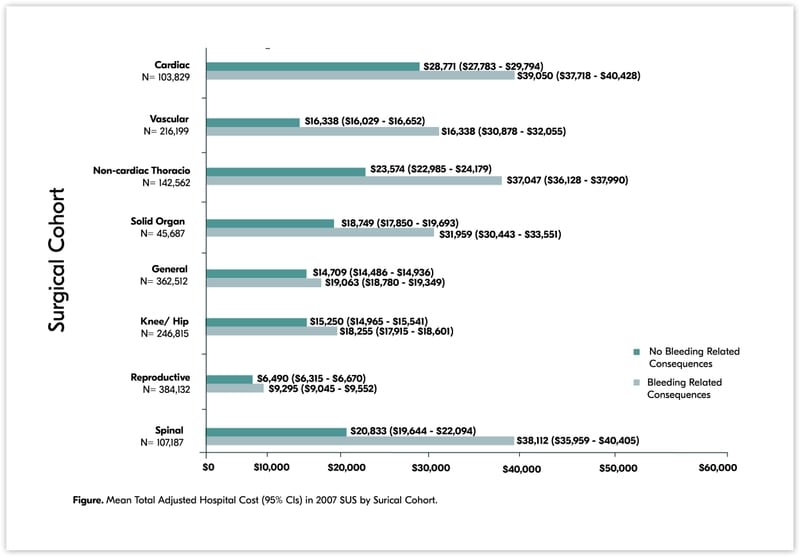
Mortality and morbidity rates related to intraoperative blood transfusion
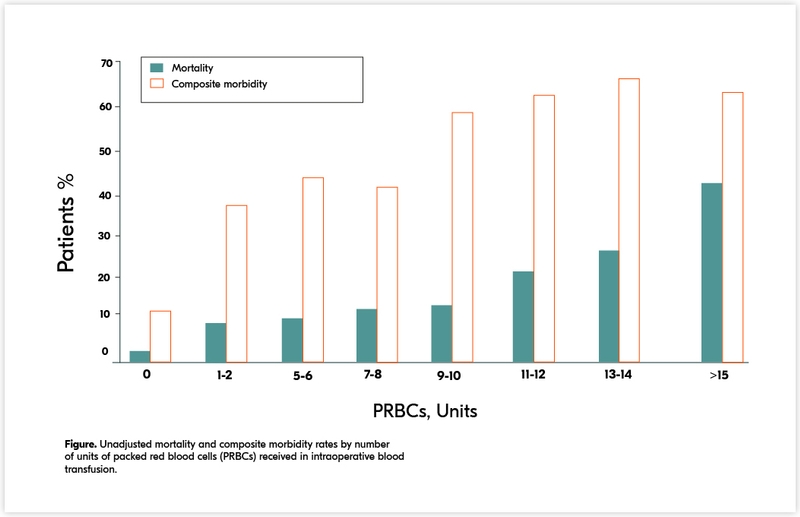
Benefits of a surgical patch in surgical procedures

Medicinal product or medical device?

The EU legal framework for human medicines sets standards to ensure a high level of public health protection and the quality, safety, and efficacy of authorized medicines. In addition, it promotes the functioning of the internal market, with measures to encourage innovation. It is based on the principle that a medicinal product requires marketing authorization by competent authorities before being placed on the market.
The authorization of medicinal products builds on three key criteria; namely quality, safety, and efficacy, to ensure that products administered to patients are of suitable quality and provide a positive benefit–risk balance.
For additional information about the quality standards of medicines versus medical devices and in vitro diagnostic medical devices (IVDs), please visit these websites:
Discover our products

Discover our biosurgery products
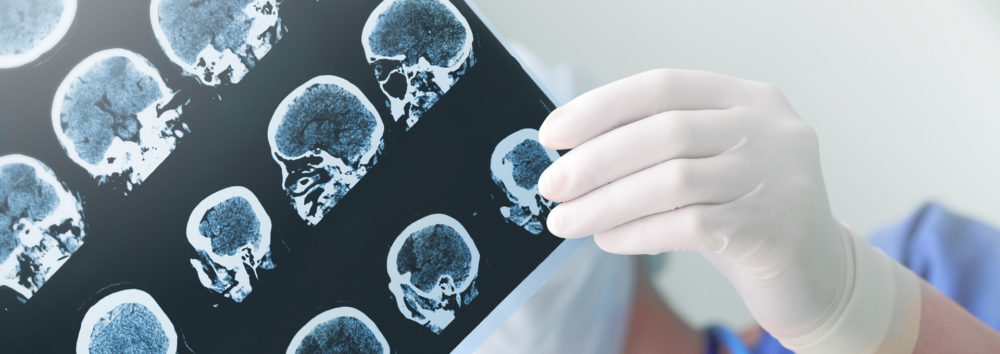
Hemostasis and sealing in neurosurgery

Hemostasis and wound closure in urological surgery
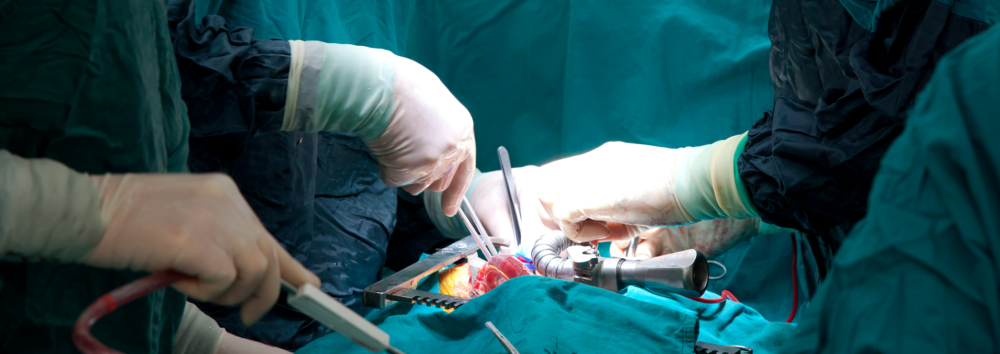
Hemostasis and wound closure in thoracic surgery

Hemostasis and wound closure solutions in cardiovascular surgery

Hemostasis and sealing solutions in pediatric surgery
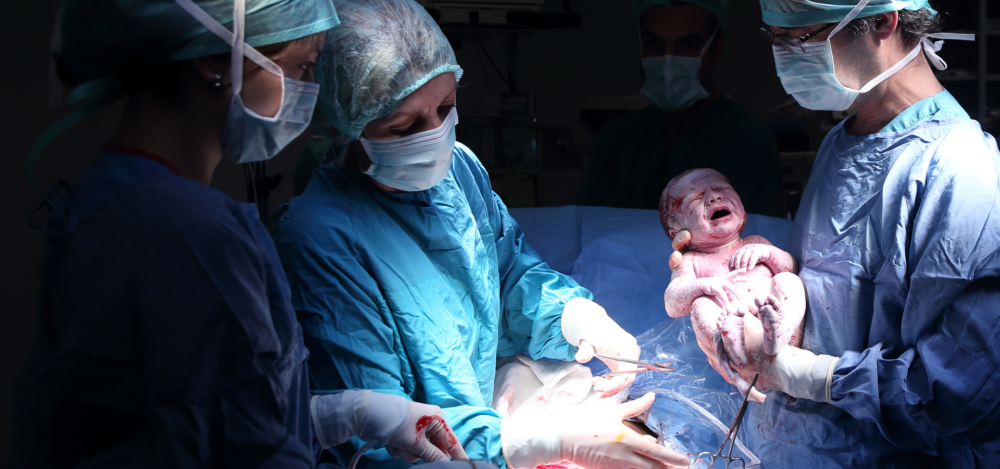
Hemostasis and sealing solutions in gynecological surgery
